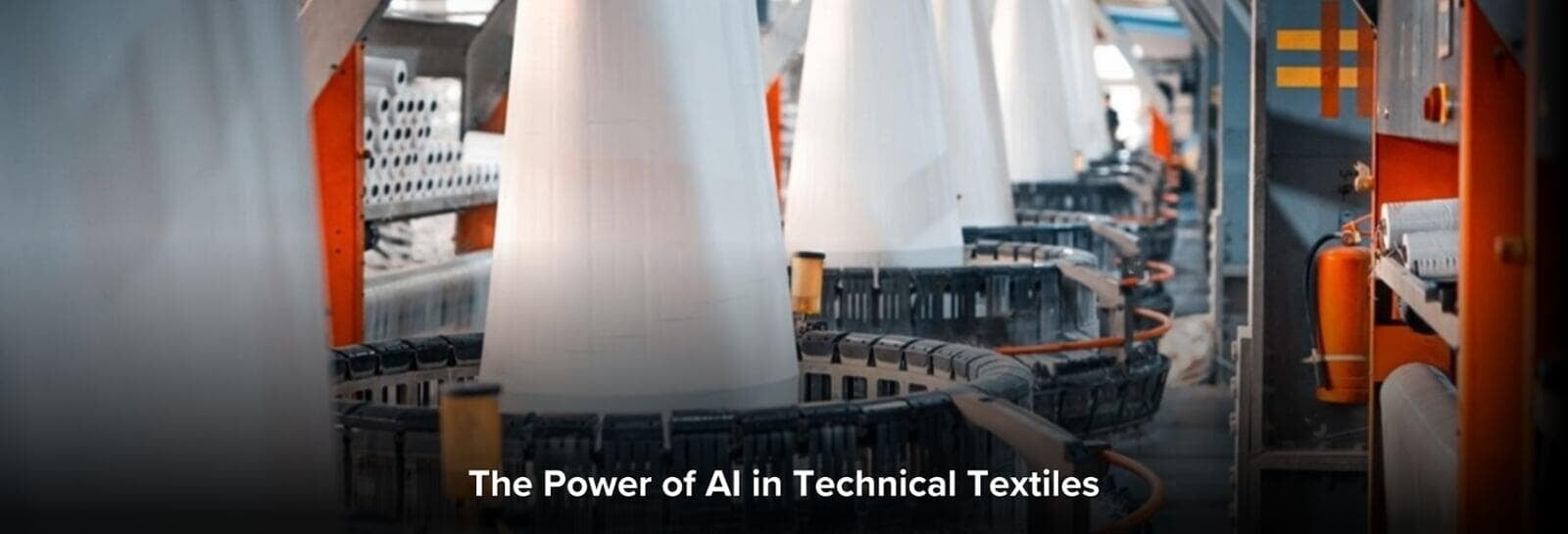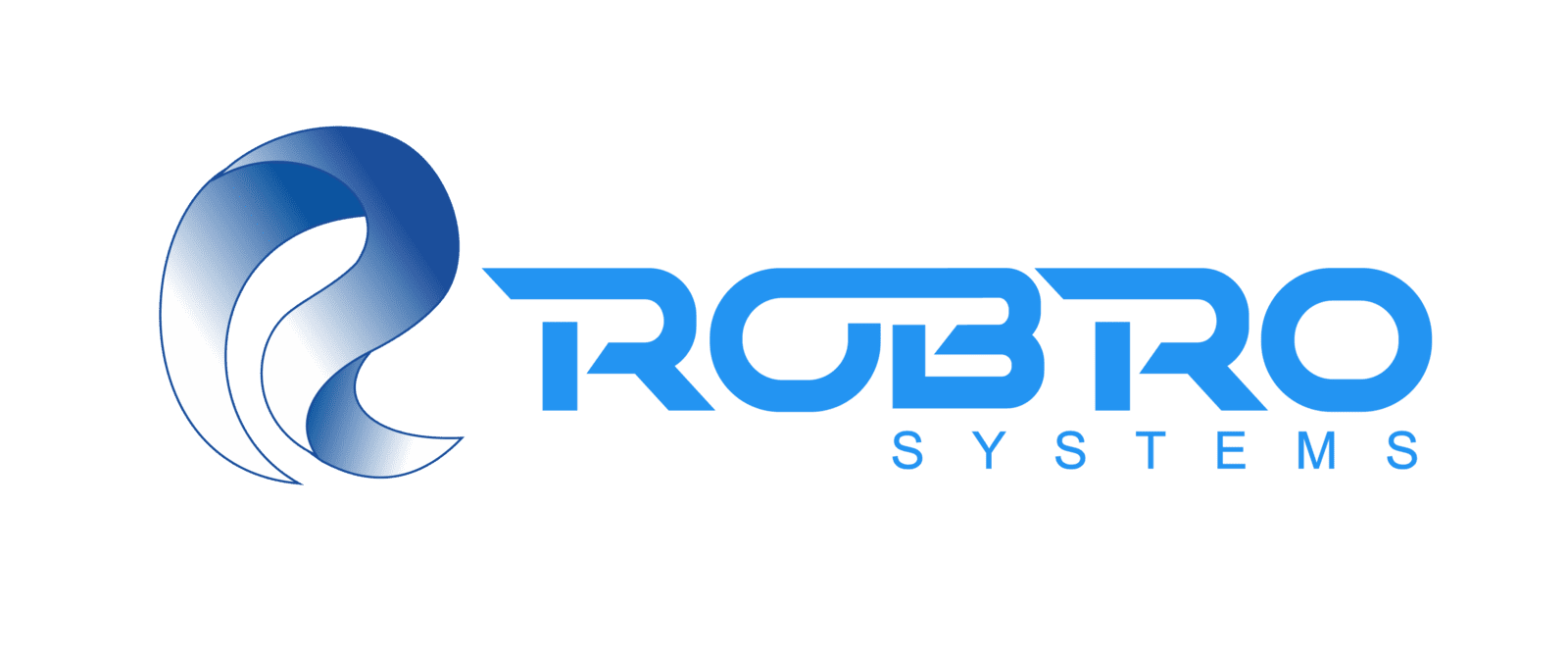
AI has made its space in every sector an industry, and the technical textile industry is no exception. The industrial use of textiles is known as technical textiles; the industries include automotive, medical, FIBC, geotextile, protective clothing, and many more. These textiles are different from traditional textiles in their functionality. Integrating AI in technical textiles delivers unprecedented efficiencies, precision, and innovations to transform this specialized industry.
Key Features
- AI integration in technical textiles enhances efficiencies, precision, and innovation across industries like automotive, healthcare, and manufacturing.
- The global technical textile market is valued at $210.5 billion in 2023 and is expected to reach $274.1 billion by 2027, driven by increasing demand.
- AI aids in optimizing material selection and performance predictions, leading to smarter, more durable textile solutions.
- Machine vision systems powered by AI can significantly reduce manufacturing defects, enhancing product quality and reducing waste by up to 30%.
- AI contributes to developing smart textiles that respond to environmental stimuli, such as temperature-adjusting fabrics and healthcare monitoring textiles.
- AI-powered automation, including robotic systems, streamlines labor-intensive textile processes like weaving and stitching.
- The adoption of AI in technical textiles can result in a 15% to 20% boost in operational efficiency and substantial cost savings.
Industry Overview and Evolution
As of 2023, the global technical textile market is valued at approximately $210.5 billion, with projections to reach $274.1 billion by 2027, growing at a CAGR of 6.5% . As per machine vision trends, the increasing demand for textiles in industries like healthcare, construction construction, manufacturing, defense and automotive incentivizes, and automotive incentivizes the growth of technical textiles textiles. The Building's focus on sustainability and innovation accelerates the industry's progress towards integrating AI and automation technologies into processes.
The Role of AI in Technical Textiles
Integrated AI in technical textiles offers various opportunities across multiple areas– from production to design to supply chain management and quality control. Some of the key benefits of integrating AI include:
1) Amplified Product Development
AI-driven software platforms for manufacturers enable the optimization of processes and material selection. Manufacturers could use AI to predict material selection and performance under various difficult conditions, leading to smarter and more durable textile solutions. For example, AI can model the best fabric compositions in the medical textiles sector to optimize comfort, breathability, and infection resistance for patient care.
2) Efficiency and Precision in Manufacturing
Machinelearning algorithms and machinevisionsystems can detect defects throughout manufacturing processes. AI-enabled weaving systems, for instance, can monitor every thread for breaks or defects, drastically reducing waste.
KWIS is a practical illustration of this. RobroSystems utilizes it for accurate inspection during FIBC production. This technology ensures zero-defect production by using AI for real-time inspection. Technical textiles might see a 30% reduction in flaws with AI-based vision systems, resulting in cost savings and higher-quality products.
3) Waste Reduction and Sustainability
AI is crucial in reducing textile waste, a global concern. Integrating AI in processes can optimize the prediction of fabric waste and the reduction of material scrap.
4) Inspection and Quality Control
Quality control has generally been labor-intensive, leading to human errors and inconsistencies. By introducing machine vision systems with integrated AI, traditional systems are now capable of inspecting errors at a granular level.
AI Innovations in Technical Textiles
1) Smart Textiles
AI has played a key role in developing "intelligent" or "smart" fabrics, which react to stimuli in their surroundings. Examples include materials with sensors integrated for sports and manufacturing, textiles that modify insulation levels in response to temperature, and textiles that track vital signs for healthcare uses.
2) Textile Robotics
AI-based robotics are now being used to automate intricate textile processes, such as weaving, dyeing, and stitching. Automation is crucial in textile manufacturing, and AI-powered robots optimize labor-intensive tasks.
3) Personalized Textiles
With the growing demand for personalization, AI is helping manufacturers produce customized technical textiles. AI-driven platforms can analyze user preferences and generate personalized textile designs for specific industrial uses.
Industry Metrics and Growth Projections
The adoption of AI in technical textiles is expected to grow significantly in the next few years, with key metrics demonstrating its impact:
AI in Manufacturing: AI applications in the textile industry are expected to grow at a CAGR of 11.4% from 2022 to 2029.
Reduction in Defects: AI-powered quality control systems reduce defects in textile manufacturing by 20% to 30%, improving yield and overall product quality.
Operational Efficiency: Factories employing AI in their production lines have reported a 15% to 20% increase in operational efficiency, leading to cost savings and reduced labor needs
Case Study: AI-Powered Technical Textiles in Action
A significant real-world application of AI in technical textiles is evident in the automotive industry. BMW, a global leader in automotive manufacturing, uses AI to create high-performance textiles for car interiors. AI algorithms are employed to enhance fabric durability, anti-abrasion properties, and fire resistance, all while maintaining cost efficiency.
Additionally, AI recycles post-industrial textile waste, integrating sustainability into production. BMW has reported a 25% reduction in textile waste since integrating AI in its manufacturing process.
Another notable case is the use of AI in medical textiles. Smith+Nephew, a leading medical technology company, uses AI to develop smart bandages that monitor wound healing. These bandages are equipped with sensors that communicate with AI-driven platforms to provide real-time data on the wound environment, accelerating healing times and improving patient outcomes.
The adoption of AI in technical textiles has its challenges. High initial investment costs, lack of skilled professionals, and concerns over data privacy and intellectual property are some of the industry's hurdles. However, the benefits far outweigh the risks, and the innovation potential is vast.
As AI evolves, we expect to see even more transformative applications in technical textiles. The future is bright for those willing to invest in these cutting-edge technologies, from smart materials that respond to external stimuli to AI-powered design and manufacturing processes.
Conclusion
The value of AI in technical textiles is obvious in its capacity to stimulate innovation, minimizewaste, improvequality, and increasepersonalization. With the increasing need for advanced textiles, artificial intelligence will surely have a greater influence on the sector's direction.
In order to maintain their competitiveness, manufacturers must adopt AI technology to streamline their workflows and create smarter and more effective textiles. With their Kiara Vision AI system, Robro Systems exemplifies how businesses may use AI to create better goods. The use of AI in technical textiles is not only a trend but also the way of the future for industries including manufacturing, healthcare, and automotive.

